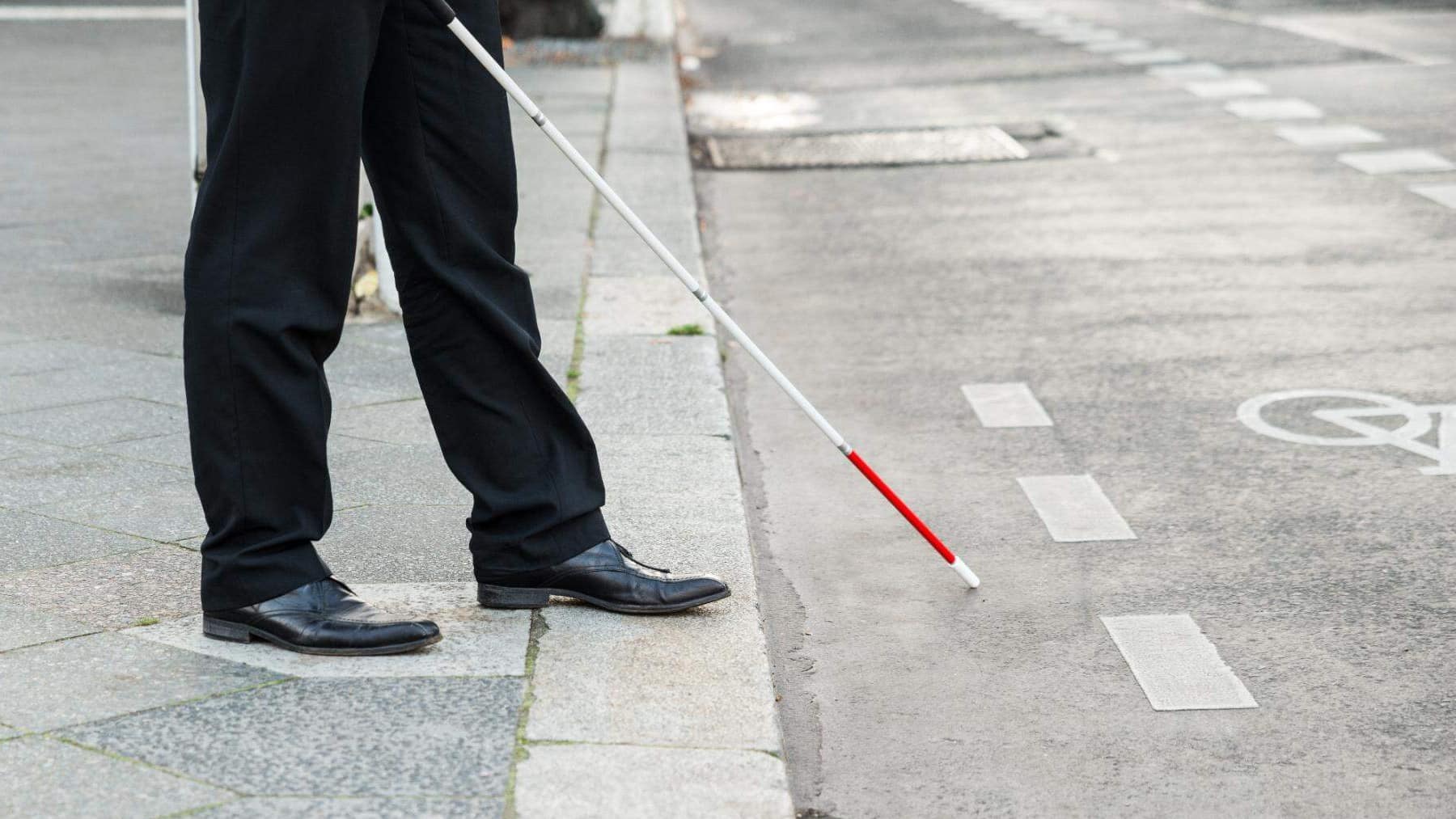Starting in December 2025, House Bill 275 will come into effect in North Carolina. More than a new law, it is an amendment to the existing law, through which it aims to update the parameters for penalizing those who put blind pedestrians at risk. Given the challenges faced by blind pedestrians, it will be the drivers who must pay attention to pedestrians with white and red canes or guide dogs.
According to this new bill, the driver must remain stationary until the pedestrian has completed crossing the street or intersection. The consequences of violating this new regulation go far beyond a simple fine. The amounts can not only reach up to $1,000, but also include jail time, as it is considered a class 2 misdemeanor.
Crosswalks
All drivers know the regulations (or should), through which pedestrian crossings or crosswalks give the right of way to pedestrians who are using them. This is established by law, although there are often misunderstandings between drivers and pedestrians. This is a general rule in the United States, through which drivers must yield to pedestrians when they are at a marked or unmarked crosswalk at an intersection: if a pedestrian has already begun to cross, the driver is obligated to stop, even if it is an unmarked crosswalk. This dynamic becomes more difficult when the pedestrian is blind or partially sighted. That is why a legal modification has been implemented to protect these vulnerable individuals.
House Bill 275
Starting in December, a new bill will come into effect in North Carolina. This is House Bill 275, through which the rights of blind and partially sighted pedestrians will be revised in order to protect their safety. This bill is updating the parameters that will determine the penalties for those who endanger these pedestrians, making them significantly stricter. Until now, the law establishes that at any road crossing, with or without an official traffic signal, the pedestrian has the right of way over the driver, who must bring the vehicle to a complete stop, as well as pay attention to the presence of pedestrians with white and red canes or guide dogs.
According to the bill, drivers must “remain stopped until the blind or partially sighted pedestrian has completed crossing that road or intersection”. The driver’s responsibility is essential, as they must respect this regulation both at intersections with traffic signals and at crossings where the signal changes while the pedestrian is crossing.
What happens if this new regulation is not respected?
The new Draft Bill 75 does not focus so much on modifying the obligations of drivers and the rights of blind pedestrians, but rather on the consequences of breaking the law. The amendments include that drivers who do not respect the rights of blind or partially blind pedestrians will not only face a financial fine, but will also be charged with a Class 2 misdemeanor. This type of offense includes reckless or negligent driving, as well as vandalism, property damage, trespassing, and even assault.
This comparison allows drivers to realize the seriousness of violating this law. Additionally, financial penalties can go up to $1,000, and may also include a 60-day jail sentence. On top of that, offenders will have criminal records, which will have long-term negative repercussions. Avoiding the consequences of failing to comply with this new measure and ensuring the safety of all pedestrians, especially the most vulnerable, is a very simple gesture that can prevent many greater harms.








